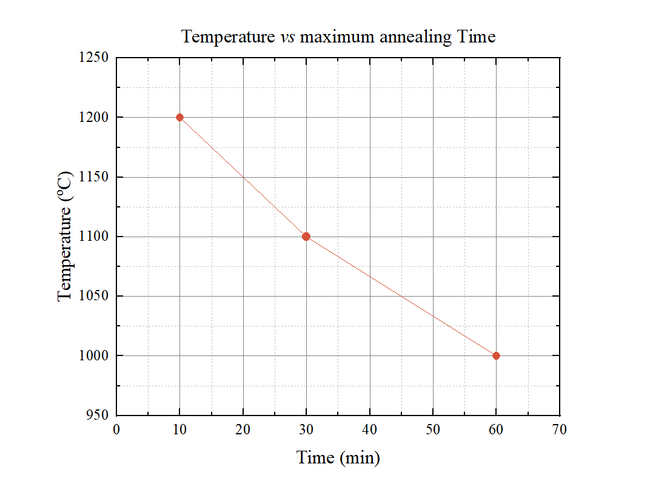Specific Process Knowledge/Thermal Process/RTP Annealsys
Feedback to this page: click here
RTP Annealsys - Rapid Thermal Processor
This page is written by Inês Diogo@DTU Nanolab if nothing else is stated.
July 2023: The RTP Annealsys is a research tool. Thus, it is not released for general use, only for selected users. Please contact thinfilm@nanolab.dtu.dk for more information.
RTP Annealsys (RTP AS-Premium, serial number AS0415C4 - 8177, from ANNEALSYS) is a research tool available at DTU Nanolab that can reach very high temperatures in just a few minutes or even seconds. Therefore, it is able to perform several types of rapid thermal processing and it can be used as a multi-functional and versatile microfabrication tool, within specific process windows for each process type, using Si/nanofabricated Si structures. Amongst them, there are rapid thermal annealing (RTA), hydrogenation (RTH), oxidation (RTO), nitridation (RTN), etc. Currently, it is used for rapid thermal annealing and smoothing of silicon-based samples.
The Set-Up
The RTP Annealsys system is divided into two main parts: the process chamber and the loadlock.
The chamber has stainless steel walls (water-cooled) and a top and bottom halogen lamp-configuration (28 infra-red lamps, in total). As such, the samples are rapidly heated from both sides, simultaneously. In addition, the chamber is enclosed by two quartz-windows (immediately below/above the set of top/bottom lamps) and these are air-cooled. It is also connected to two external vacuum pumps, to a gas inlet and the loadlock. Similarly, the loadlock is connected to two external pumps.
Moreover, the chamber and the loadlock are separated by the gate valve. While processing, the valve remains closed; it is only opened to exchange the substrates when both chamber and loadlock are under turbo vacuum. The substrate transfer is possible due to the mechanical, retractable arm.
Temperature Measurement and Control
RTP Annealsys offers an optical pyrometry system for temperature measurement, not requiring any contact with the wafer.
Regarding setting the process temperature, it is also important to mention the tool can function under two distinct modes – power and temperature/pyro control modes. In other words, using power control mode, the tool is programmed to fix the lamp’s power at a specific value (%) and consequently, the temperature inside the chamber varies with time; using the temperature/pyro control mode, the tool is programmed to vary the lamps’ power to maintain the temperature stable and constant inside the chamber at a previously established value in the recipe.
Samples and Process Specifications
The RTP Annealsys, with a base pressure of 10-6 mbar, is a research tool. As such, there are some parameters and details to consider.
| Specifics | Range | Comments | |
|---|---|---|---|
| Temperature | Pyro Control |
|
The maximum temperature allowed is dependent on both processing type and time. |
| Power Control |
|
Power control is NOT ALLOWED for more than 10s. Chamber maximum power is 56 kW. | |
| Process gas | Ar |
|
|
| O2 |
|
Limited use. | |
| NH3 |
|
Not connected and not tested. No recipes available. | |
| 5% H2/Ar |
|
||
| Pressure | Valve (APC) |
|
|
| Controller |
|
||
| Process time
(Check image below) |
At 1200 oC |
|
|
| At 1100 oC |
|
||
| At 1000 oC |
|
||
| Heating rate |
|
Different heating rates can be set under temperature control, as well as the step duration. | |
| Substrates | Batch size |
|
|
| Substrate size |
|
Small samples must be placed on dedicated carrier wafers. These do not need to and should not be bonded to the carriers. | |
| Allowed materials |
|
During previous testing, silicon nitride and aluminum oxide were only used as coating/masking materials and have been proven capable of sustaining this type of high temperature processing. | |
Previous work on RTP Annealsys
More information and details about each type of processing - achievable using the RTP Annealsys tool - can be found in the following documents.
Important! The RTO sequences that were developed during the previous experimental work on the RTP Annealsys are not available to users. More tests and further investigation are required to prevent damaging the tool.


